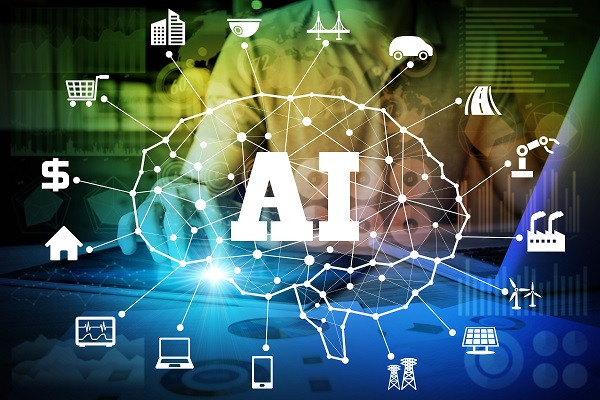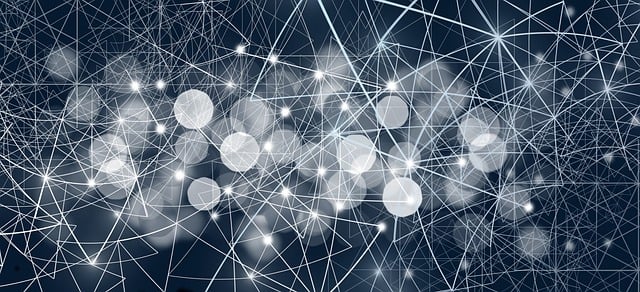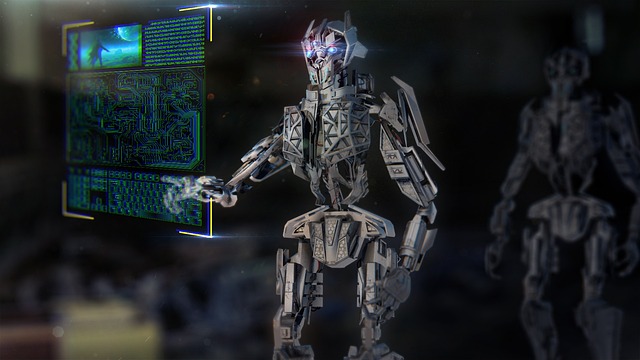
Advancements in AI technology have paved the way for significant breakthroughs in the field of robotics.
This article explores how AI is driving advanced robotics, with a focus on niche companies like AI Robotics Technology Pte. Ltd and cutting-edge use cases from around the world.
By examining the integration of AI and robotics in these contexts, we can gain insight into the advancements made possible by this collaboration.
Additionally, we will explore real-world applications and discuss the future prospects of AI-driven robotics.
Key Takeaways
- AI technology is driving advancements in robotics, enhancing their capabilities for complex tasks and enabling them to make autonomous decisions.
- The integration of AI technology in manufacturing processes improves efficiency, productivity, and resource allocation.
- AI-powered robots have the ability to adapt to changing environments and learn from experience, increasing their versatility and adaptability.
- While there are concerns about job displacement, the collaboration between AI and robotics creates new roles and opportunities, requiring upskilling and reskilling of the workforce.
The Integration of AI and Robotics in Niche Companies
The integration of AI and robotics in niche companies is evident through the services offered by organizations such as AI Robotics Technology Pte. Ltd, showcasing advancements in this field. These companies leverage AI-driven automation to enhance the capabilities of robots, enabling them to perform complex tasks with precision and efficiency.
Through machine learning algorithms and advanced sensors, robots can adapt to changing environments and make autonomous decisions. Additionally, AI-assisted manufacturing has revolutionized production processes by optimizing resource allocation, reducing downtime, and improving overall productivity.
By integrating AI technology into robotics systems, niche companies are able to streamline operations and increase their competitive edge in the market. This integration not only improves efficiency but also opens up new possibilities for innovation and growth within the industry.

Advancements in Robotics Made Possible by AI Technology
Advancements in robotics are facilitated by the integration of artificial intelligence technology. The applications of AI in manufacturing have significantly improved efficiency and productivity in the industry. With AI, robots can now perform complex tasks with precision and accuracy, reducing errors and increasing production speed. AI-powered robots can also adapt to changing environments and learn from experience, making them more versatile and adaptable to different manufacturing processes.
However, there is concern about the impact of AI on the job market. While AI technology has created new opportunities for skilled workers in robotics development and maintenance, it has also led to concerns about job displacement as robots increasingly replace human workers in certain industries. It is crucial for policymakers and businesses to find a balance between harnessing the benefits of AI-powered robotics while ensuring a smooth transition for affected workers.
Real-World Applications of AI-Driven Robotics
One important application of AI-driven robotics is the automation of repetitive and dangerous tasks in industries such as manufacturing and construction. AI-enabled robots have revolutionized these sectors by increasing efficiency, reducing human error, and ensuring worker safety.
In healthcare, AI-driven robotics has also found significant applications. Robotic surgical systems assist surgeons with precision and accuracy during complex procedures, leading to better patient outcomes. Additionally, AI-powered robots can be used for patient monitoring, medication dispensing, and rehabilitation exercises.
In manufacturing, AI technology has enabled robots to perform intricate tasks with high precision and adaptability. These robots can handle complex assembly processes, inspect products for defects, and optimize production workflows.
Overall, the integration of AI technology into robotics has opened up new possibilities across various industries, improving productivity and enhancing human lives through automation and advanced capabilities.
The Future of AI and Robotics Collaboration
Collaboration between AI and robotics is expected to shape the future of industries by enabling efficient and precise automation in various sectors. However, this advancement also raises ethical considerations that need to be addressed. As AI technology becomes more integrated with robotics, there are concerns about the potential for biased decision-making or unintended consequences. It is crucial to establish guidelines and regulations to ensure that AI-driven robots act ethically and responsibly.

Additionally, the collaboration between AI and robotics has a significant impact on employment opportunities. While automation can lead to job displacement in certain sectors, it also creates new roles and opportunities for humans to work alongside robots. The key lies in upskilling and reskilling the workforce to adapt to these changes. By focusing on developing skills that complement AI-driven robotics, individuals can remain relevant and contribute effectively in an increasingly automated world.
Overall, the future of AI and robotics collaboration holds immense potential for revolutionizing industries but requires careful consideration of ethical implications and proactive efforts in managing employment transitions.
Exploring the Possibilities of AI-Powered Robots
The exploration of AI-powered robots entails a comprehensive analysis of their potential applications and implications in various industries.
In the healthcare sector, AI-powered robots have the potential to revolutionize patient care by assisting doctors and nurses with tasks such as monitoring vital signs, administering medication, and providing companionship to patients.
These robots can also be utilized in manufacturing processes to enhance efficiency and productivity. By leveraging AI technology, robots can perform complex tasks with precision and accuracy, reducing human error and increasing output.
Additionally, AI-driven robots can adapt to changing environments and learn from their experiences, making them versatile assets in industries where flexibility is crucial.
As AI technology continues to advance, the possibilities for AI-powered robots are expanding rapidly across multiple sectors, promising significant advancements in healthcare and manufacturing practices.

Frequently Asked Questions
What are some specific examples of niche companies that are integrating AI and robotics technology?
Niche companies integrating AI and robotics technology include Boston Dynamics, which develops advanced robots for various industries, and Rethink Robotics, known for their collaborative robots. These advancements in AI-powered robots open up promising prospects for the future.
How has AI technology specifically advanced the capabilities and functionalities of robotics?
Advancements in AI technology have greatly enhanced the capabilities and functionalities of robotics, leading to the emergence of niche companies integrating AI and robotics technology. Real-world examples showcase the impact of AI-driven robotics applications, although challenges and limitations in their collaboration may arise. Current initiatives and research efforts are exploring the potential of AI-powered robots beyond their current capabilities.
Can you provide some real-world examples of AI-driven robotics applications and their impact?
Exploring the future possibilities of AI-powered robots reveals a wide range of applications. Real-world impact can be seen in areas such as healthcare, manufacturing, and agriculture, where AI-driven robotics enhance efficiency, accuracy, and productivity while reducing costs and human labor.
What are some potential challenges or limitations to the collaboration between AI and robotics in the future?
Challenges and concerns arise in the collaboration between AI and robotics, including ethical implications. These include issues such as job displacement, privacy concerns, biased decision-making algorithms, and potential misuse of robotic technology in warfare or surveillance.
Are there any current initiatives or research efforts focused on exploring the potential of AI-powered robots beyond their current capabilities?
Initiatives and research efforts are underway to explore the potential of AI-powered robots beyond their current capabilities. These endeavors aim to push the boundaries of AI-driven robotics, uncovering future possibilities and addressing limitations that may arise in this evolving field.
 GadgetsProduct ReviewsSmart DevicesDronesVirtual DevicesPrivacy PolicyTerms And Conditions
GadgetsProduct ReviewsSmart DevicesDronesVirtual DevicesPrivacy PolicyTerms And Conditions
